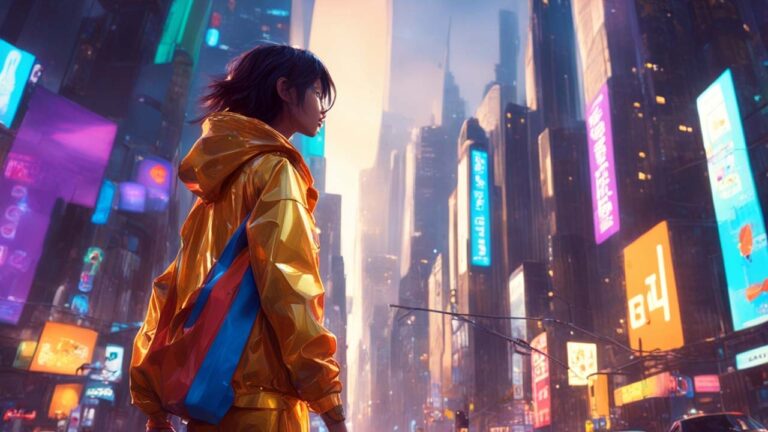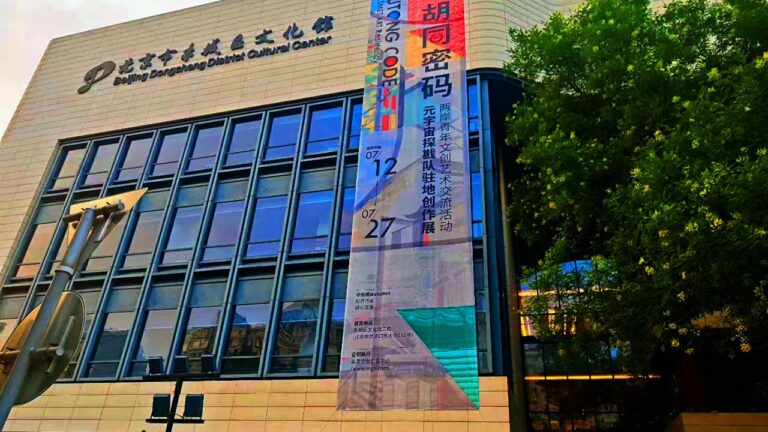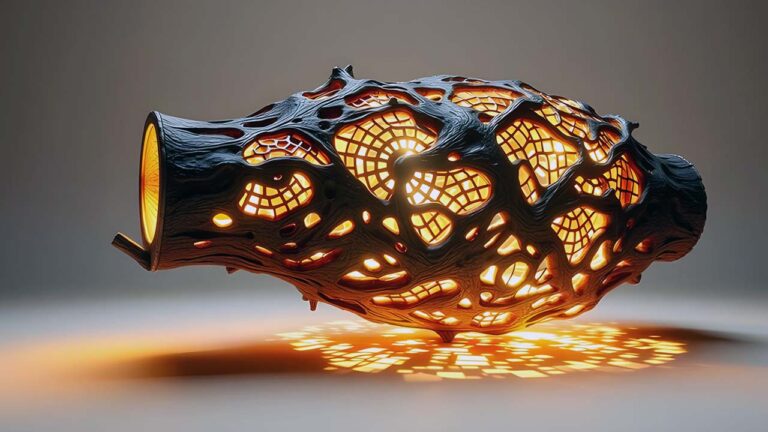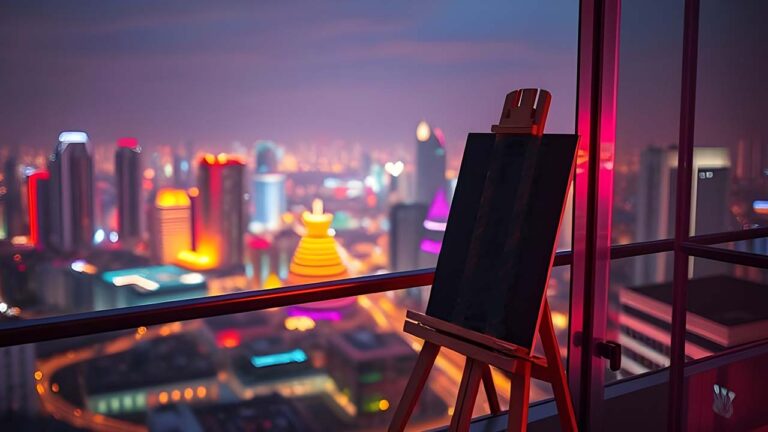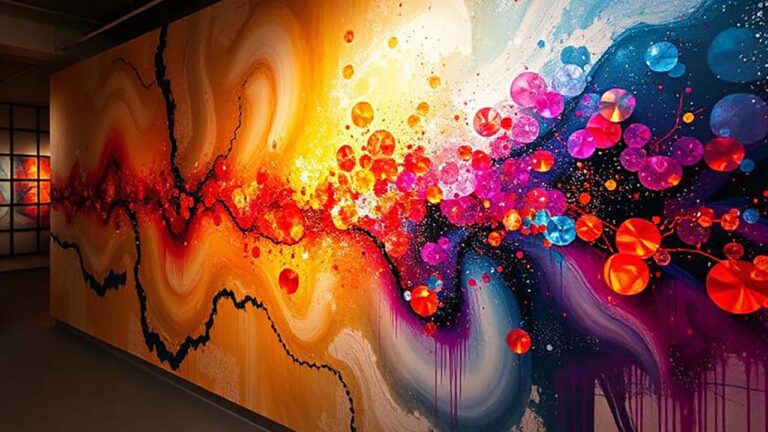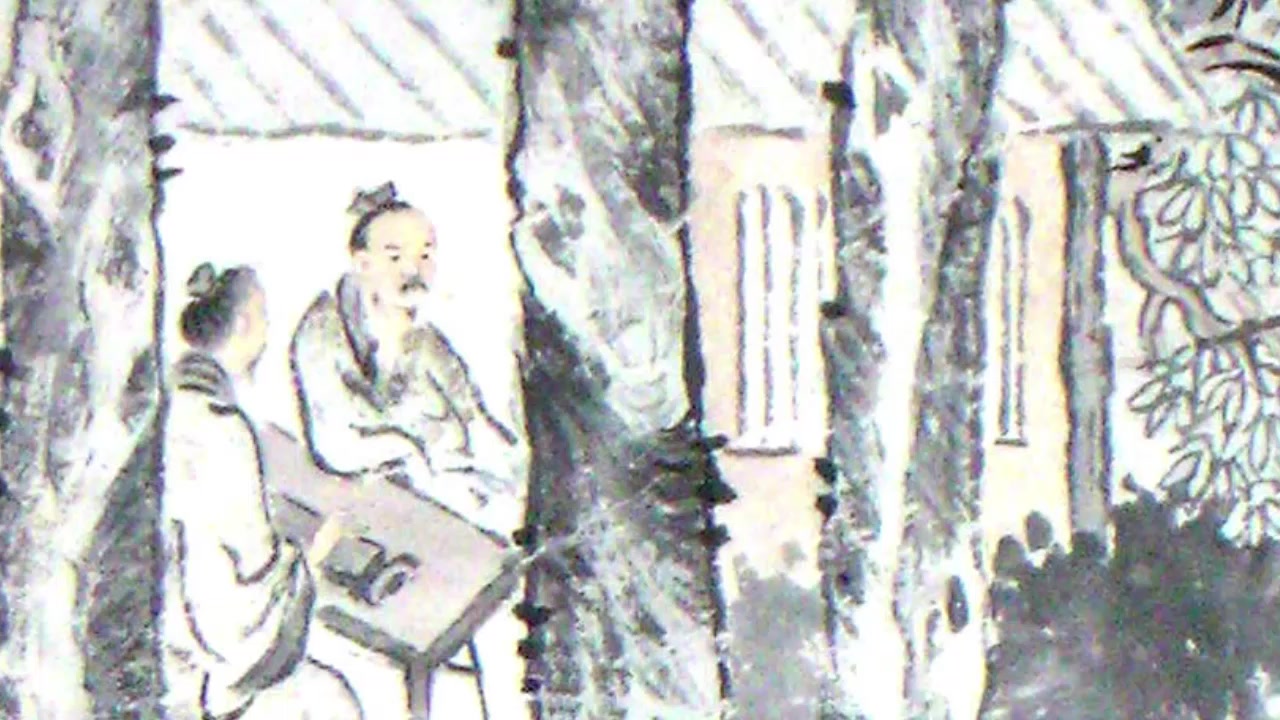
by Louis K Wang
This is an ink painting by Ming Dynasty artist Yao Sho whose brushstrokes and structure have been taken as evidence of creativity of Asia art history. This 180 x 47 cm scroll has an approximately history of more than 400 years. This is the Yao’s original artwork when being an administrator at Yun Dong, China. The artistic conception of this painting fully revealed his pastoral idea and idyllic mood.
Chinese literati who were good at painting often reflected themselves on their artworks, such as the solo walker on the mountain path, the paddler on the river side or the banded ficus on the hillside or cliffs. Those were the metaphors reflecting painters’ plight. This one here is certainly no exception. In the pavilion of the lower left corner, through the trees, you can see that the two persons talking about some matters. What topic they were talking about? Maybe about art movement or politic stuffs! We just don’t know which one was Yao Shou himself.
Ink painting has gradually become more and more important in the international art world as China growing to be one of the world power. When analyzing Chinese ink paintings regarding it’s constituent elements, comparing with the art philosophies of Western, it could be said more conceptual than realistic, more symbolic meaning than proportional correct. This was due to social structure of feudalism that make Chinese behavior recession and indirectly expression of the emotion. Well-educated scholars were often looking forward to develop careers in a restricted government system but exhaling freedom by creating paintings as well poems or writings.
In the Chinese paintings, there were usually no perspective ratio and lack of depth of field. The material of water-ink color and rice paper that were not drastically changed so much in centuries constituted the characteristics of Chinese ink paintings. The maturity of skills is revealed immediately when brush stroke engaging paper surface, unlike the Western counterpart that including paint, smear and full set of oil colors. Therefore, every stroke of good Chinese painting must be successful.
The talented literati painters relied on the understanding of both the literary and artistic conception, the observation of the natural world, and the familiarity of the tools. Most of the successful painters had their own unique way of interpreting the visual world. They were able to create their own style and “innovate” art and fashion. Yao Shou was known for his skill in painting scrolls of long landscape. This painting is one of them. If you are interested and want to know more about arts and culture movement in China , please join our Taosidency Project to get notes of first hands.
